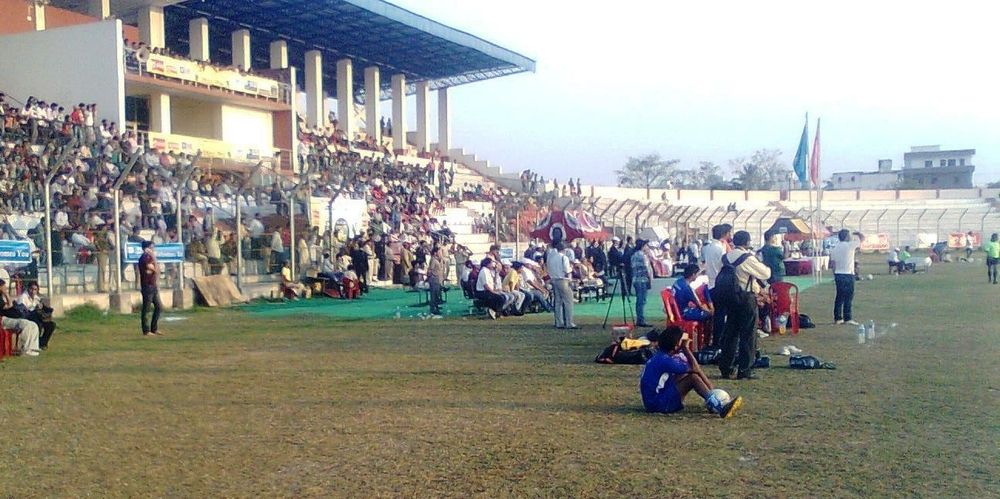Where Dreams Take Flight: India’s First Fully Digital Airport Inaugurated in Navi Mumbai
October 8, 2025, marks a defining moment in India’s aviation journey as Prime Minister Narendra Modi inaugurates the much-awaited Navi Mumbai International Airport (NMIA). Built with cutting-edge technology and futuristic design, NMIA positions India among the select few nations like the UK, the US, and Japan where major cities boast multiple operational airports. For millions of passengers who often face congestion at Mumbai’s Chhatrapati Shivaji Maharaj International Airport, this new facility offers more than just convenience; it’s a glimpse into how airports of the future will look and feel.India’s First Fully Digital AirportAt the heart of NMIA’s design lies its defining feature: complete digital integration. It’s not just an airport; it’s a digital ecosystem where artificial intelligence, automation, and real-time data converge to make travel seamless. From AI-powered baggage tracking to automated check-ins, passengers can now experience a stress-free journey. Imagine being notified on your phone that your luggage is “Bag Number 20 on the carousel” before you even reach the conveyor belt! Passengers can also pre-book parking slots, use online immigration services, and even drop their baggage through digital kiosks without human intervention. As Arun Bansal, CEO of Adani Airports Holdings Ltd (AAHL), aptly described, “It’s an anxiety-free airport.”A Mega Infrastructure MarvelSpread across 1,160 hectares, the Navi Mumbai International Airport stands as one of India’s most ambitious infrastructure projects. Built under a public-private partnership between Adani Airport Holdings and CIDCO (City and Industrial Development Corporation of Maharashtra Ltd), the airport comes with an investment of nearly ₹19,650 crore. In its first phase, NMIA will handle 20 million passengers annually with one terminal and one runway. When fully operational, with four terminals and two runways, it will serve a whopping 155 million passengers every year, transforming Navi Mumbai into a global aviation hub.Economic Powerhouse and Job GeneratorBeyond being a travel destination, NMIA is set to be an economic catalyst for the entire Mumbai Metropolitan Region. The project is expected to generate lakhs of jobs across various sectors: aviation, logistics, information technology, hospitality, and real estate. Experts say the airport’s development will increase the growth of aerotropolis-style townships, business parks, and new employment corridors in Navi Mumbai, Ulwe, and Panvel. This effect will not only ease congestion in Mumbai but also bring balanced development to its satellite regions.Connecting India to the WorldThe airport will begin commercial operations in December, with around 40% of flights serving international destinations, and that number is projected to rise to 75% in the future. Airlines like IndiGo, Air India Express, and Akasa Air have already announced plans to operate from NMIA. The new airport will also be India’s first major aviation hub connected through multiple transport modes: expressways, metro lines, suburban rail networks, and even waterways. This integrated connectivity will make traveling to and from the airport not just faster but also more sustainable and efficient. Sustainability and Smart DesignIn an age where climate consciousness is crucial, NMIA has set high standards for environmental responsibility. From rainwater harvesting systems and solar-powered operations to green landscaping and noise reduction technologies, sustainability is woven into every layer of its architecture. The airport’s design also incorporates eco-friendly materials and a layout that maximizes natural light, aiming to reduce carbon emissions and operational energy use. The goal is clear: to make NMIA not only a digital-first but also a green-first airport.Why Airports Matter: Runways to a Nation’s FutureAirports are not just travel hubs; they are symbols of progress and connection. In a country as vast as India, they link distant regions, promote tourism, attract investment, and create thousands of jobs. Each new airport fuels economic growth, encourages global trade, and transforms nearby towns into thriving centers of opportunity. But beyond economics, airports carry deep human meaning; they reunite families, send students abroad, and welcome visitors home. Modern airports like the Navi Mumbai International Airport reflect India’s rise as a global power that is digitally advanced, efficient, and people-centered. Every runway built is more than infrastructure; it’s a bridge to the world and a gateway to dreams, helping a nation’s aspirations truly take flight.A Vision for TomorrowThe Navi Mumbai International Airport is more than a new terminal; it represents India’s bold vision for the future. It reflects how the country is merging technology, sustainability, and inclusivity to create infrastructure that serves both people and progress. As PM Modi inaugurates the airport, it’s not just a ribbon-cutting ceremony; it’s the opening chapter of India’s next big leap in aviation. The skies above Navi Mumbai will now echo with the hum of a new beginning where digital dreams take flight, and India soars higher than ever before.



(1).jpeg)